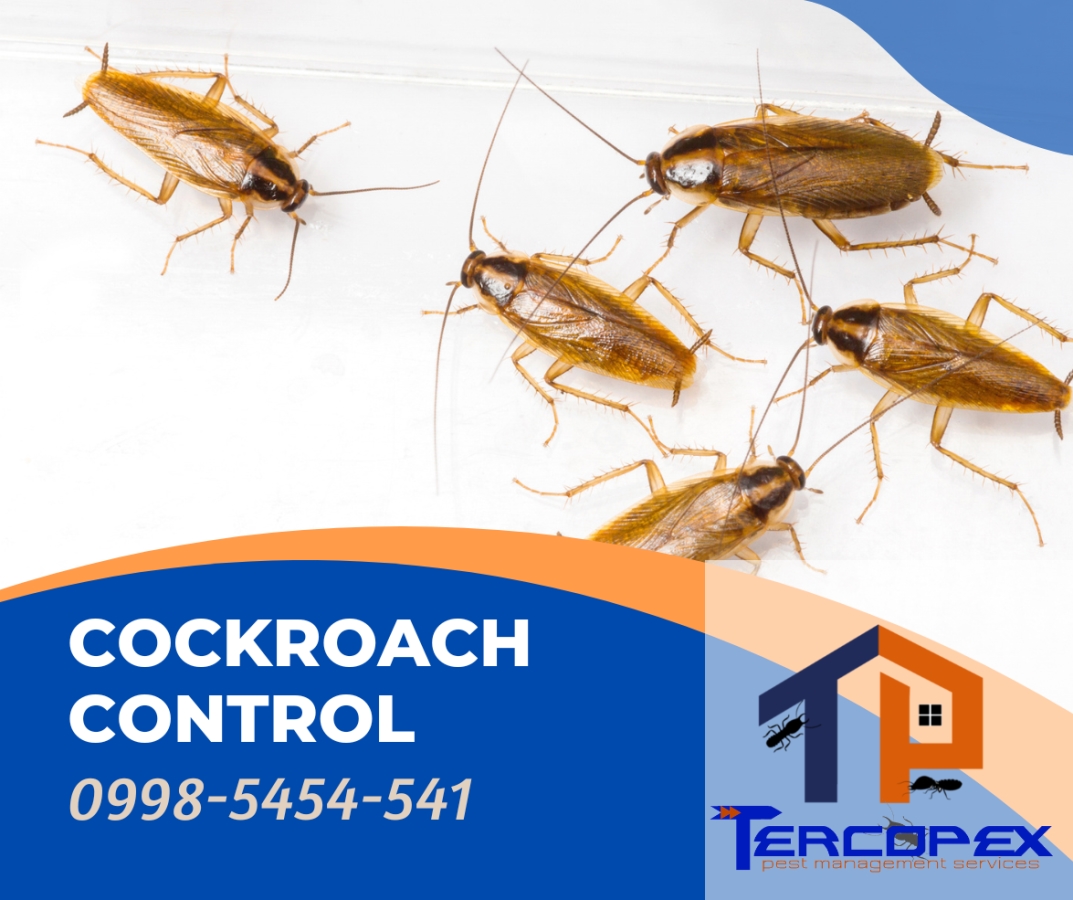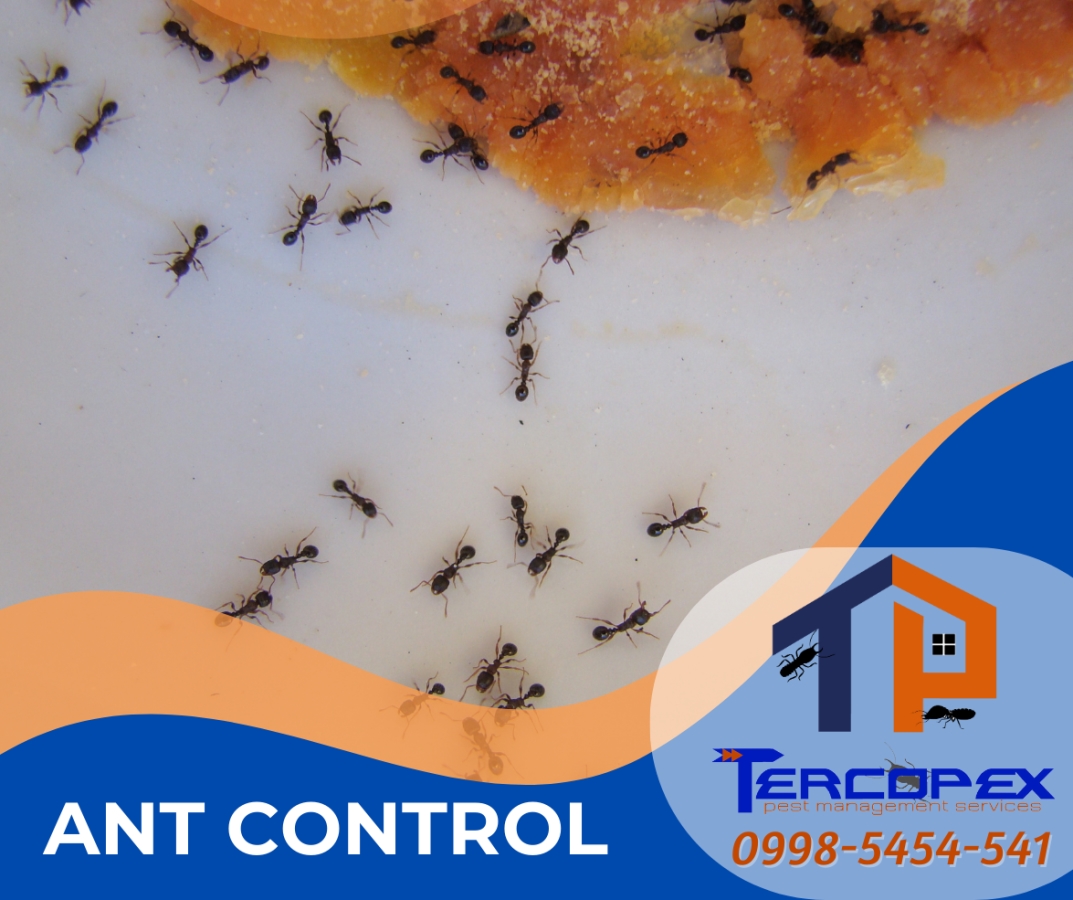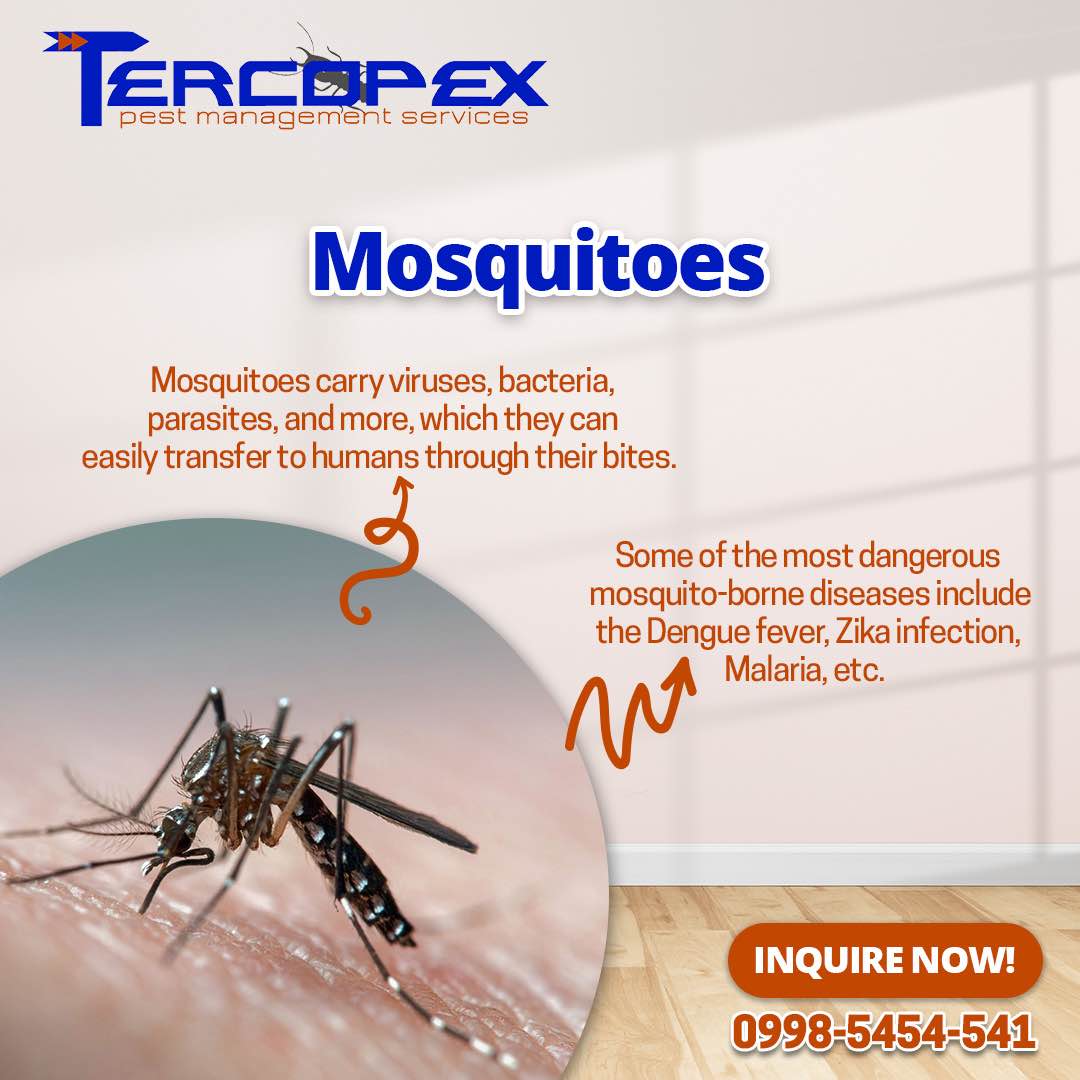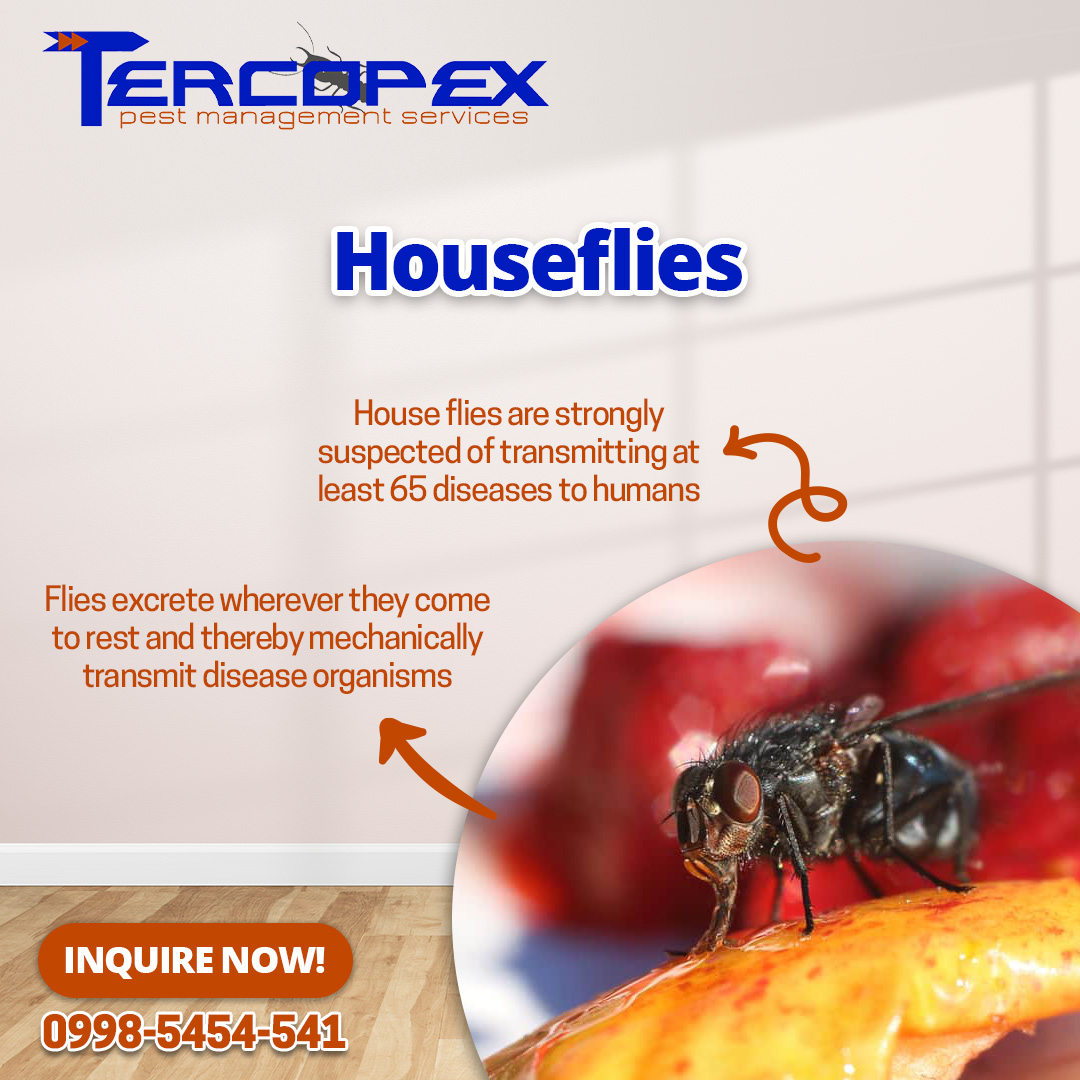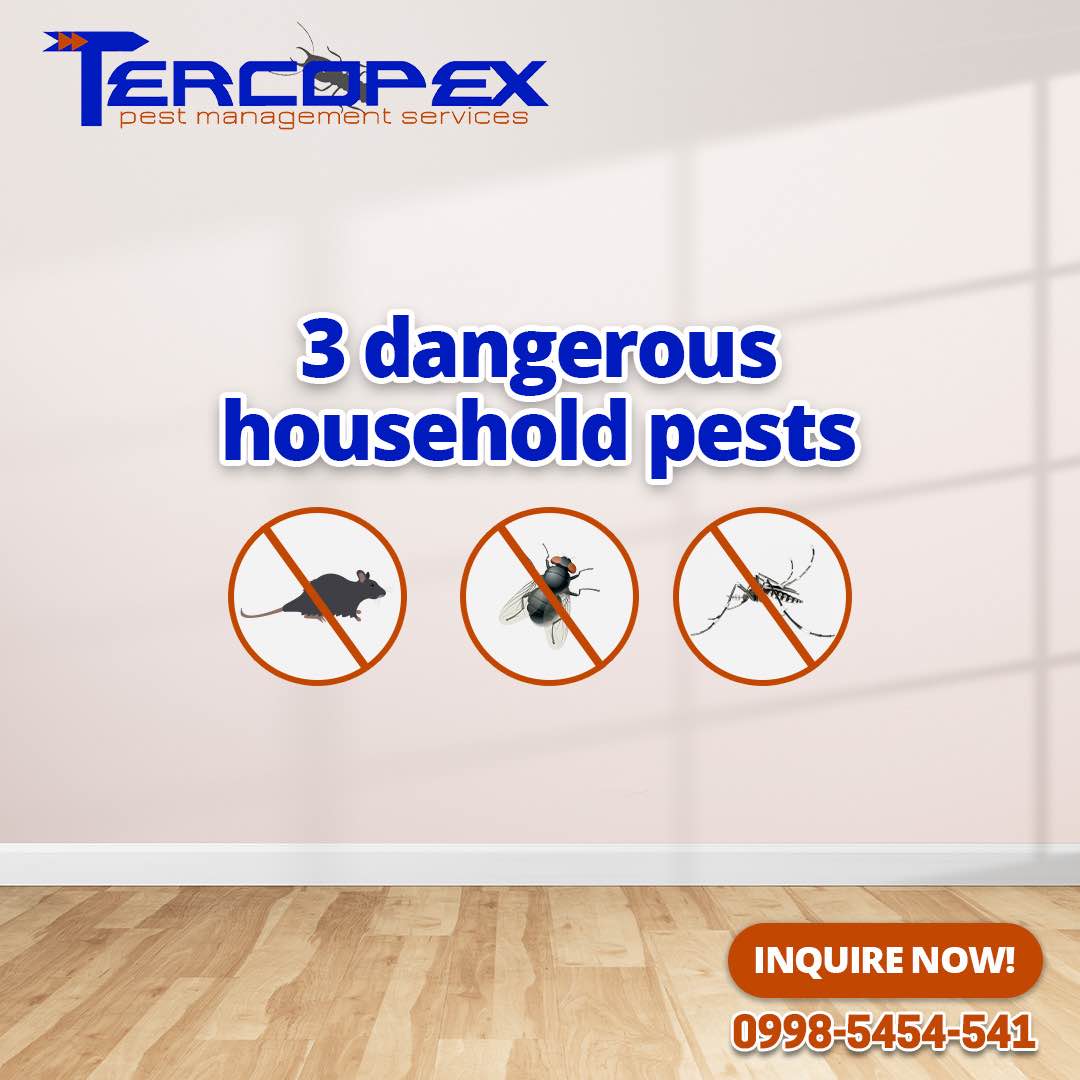Nueva Ecija province, located in the Central Luzon region of the Philippines, is an agricultural powerhouse known as the “Rice Granary of the Philippines.” With its vast farmlands, diverse crops, and significant agricultural production, pest control plays a crucial role in ensuring a thriving agricultural sector and maintaining a healthy environment for residents. Covering an extensive area of approximately 5,751 square kilometers, Nueva Ecija is the largest province in Central Luzon. It is home to a population of over 2.1 million people. The province boasts fertile plains, scenic landscapes, and a strategic location for agricultural activities.
In an agricultural province like Nueva Ecija, effective pest management is essential to protect crops, increase agricultural productivity, and mitigate the risks associated with pests. Common pests in Nueva Ecija include rice black bugs, rodents, armyworms, fruit flies, and other pests that affect various crops. Rice black bugs, for instance, pose a significant threat to rice crops and can cause significant yield losses. Rodents, including rats and mice, are attracted to agricultural fields and can damage crops, affecting food production and economic sustainability. Armyworms are known to ravage corn fields, causing severe crop damage. Fruit flies can be detrimental to fruit-bearing trees and impact the quality and marketability of agricultural produce.
To effectively manage pests in Nueva Ecija, integrated pest management (IPM) practices are commonly employed in the agricultural sector. IPM focuses on preventive measures, regular monitoring, and targeted treatments to minimize reliance on chemical pesticides and promote sustainable pest control solutions. Regular monitoring and field inspections are essential to detect pest issues early and implement appropriate measures promptly. Ongoing communication and collaboration between farmers, agricultural experts, and pest control professionals are important to share knowledge, exchange best practices, and implement effective pest management strategies.




